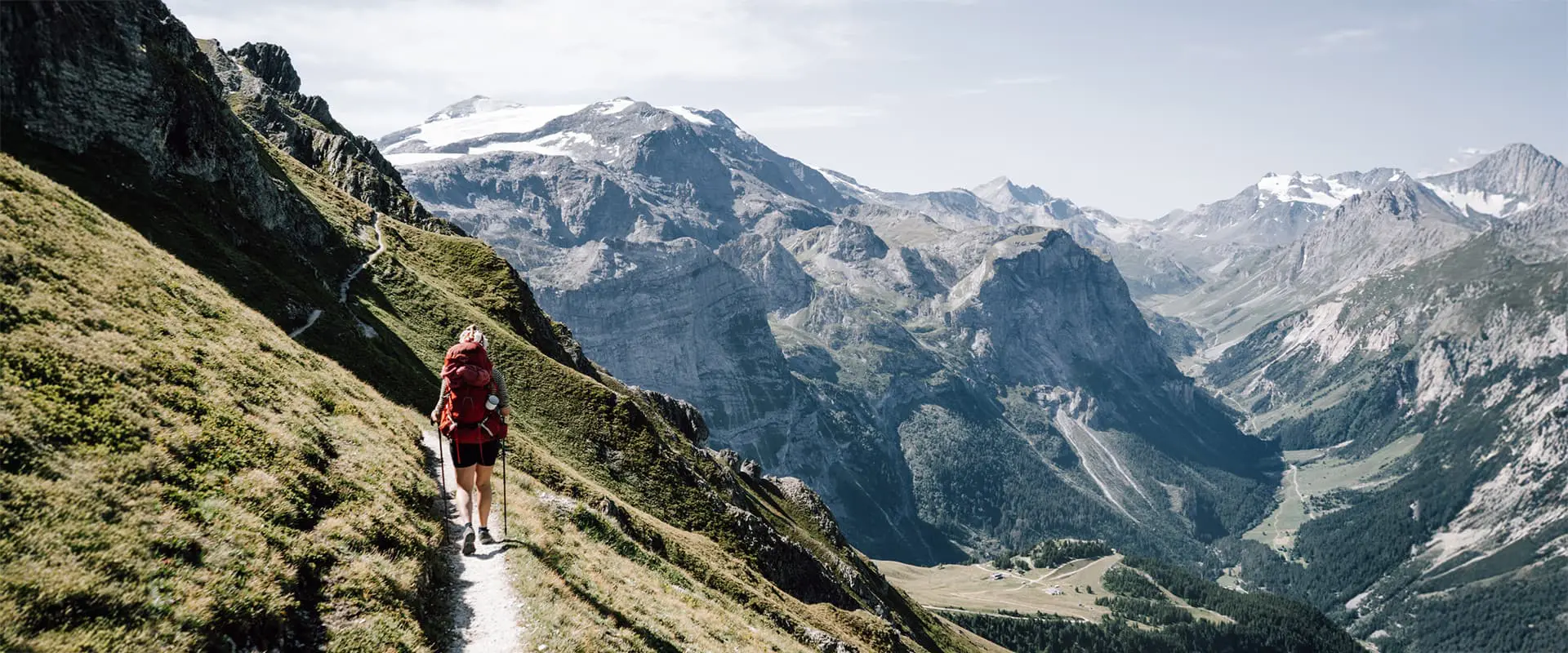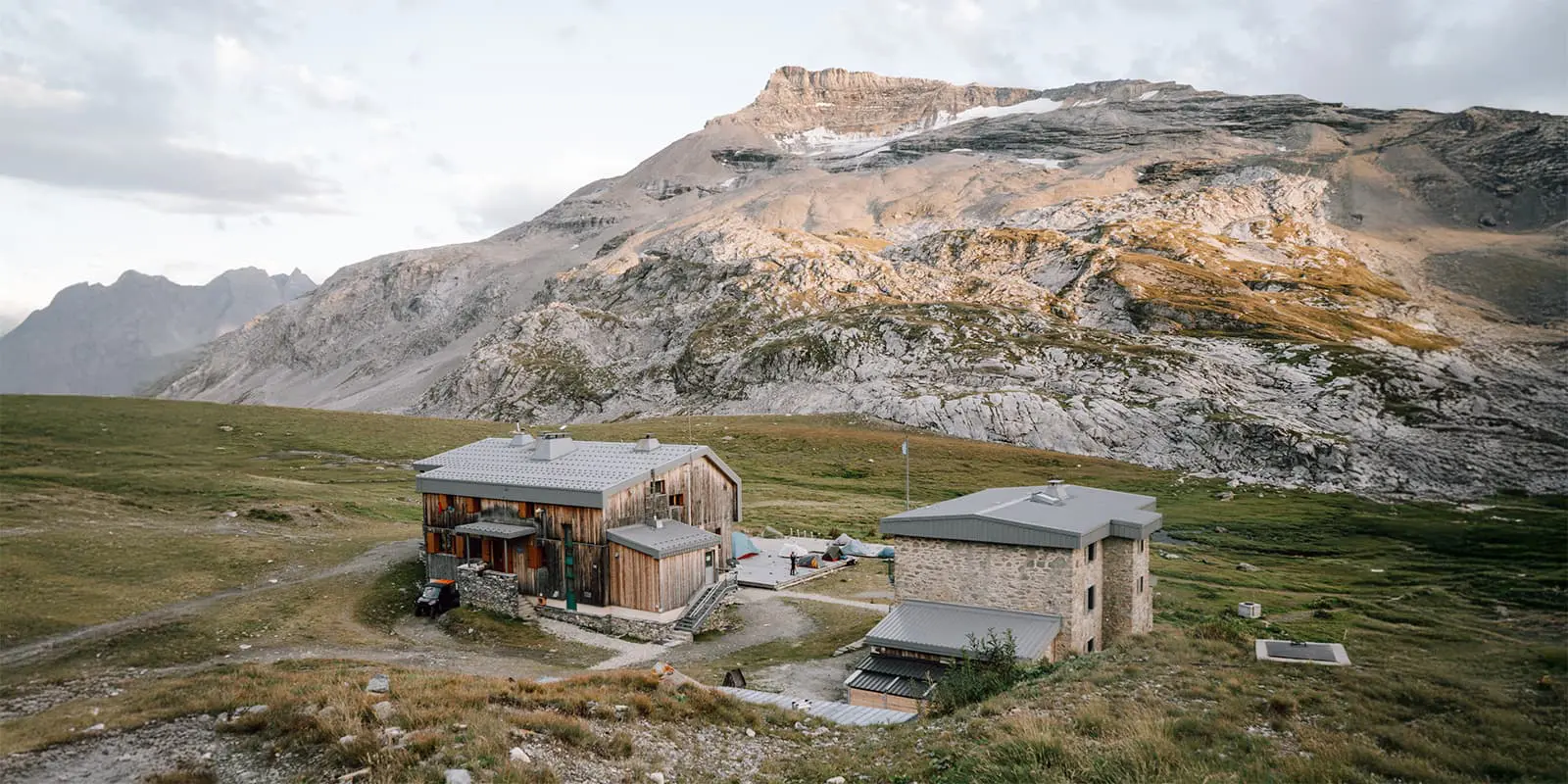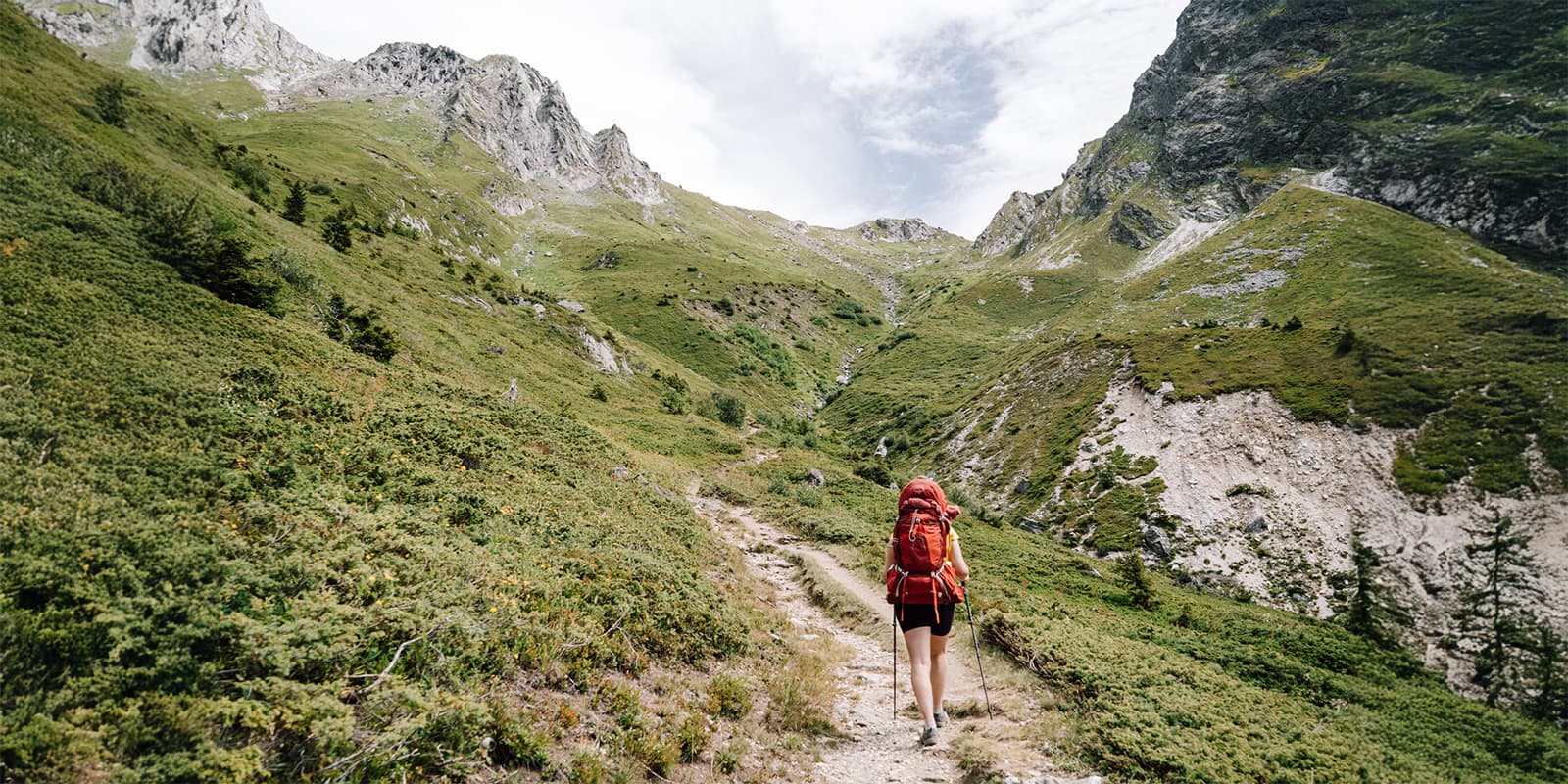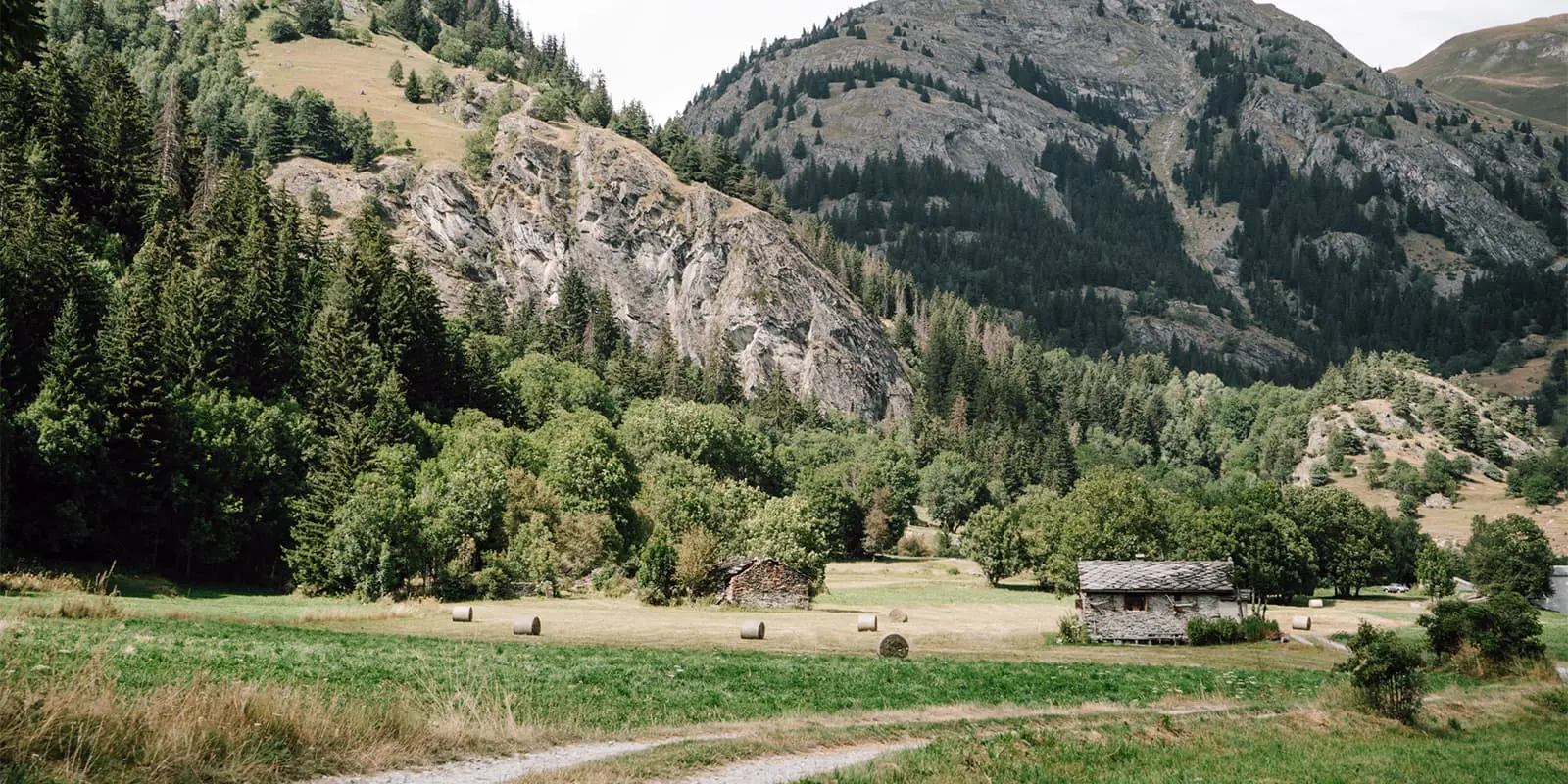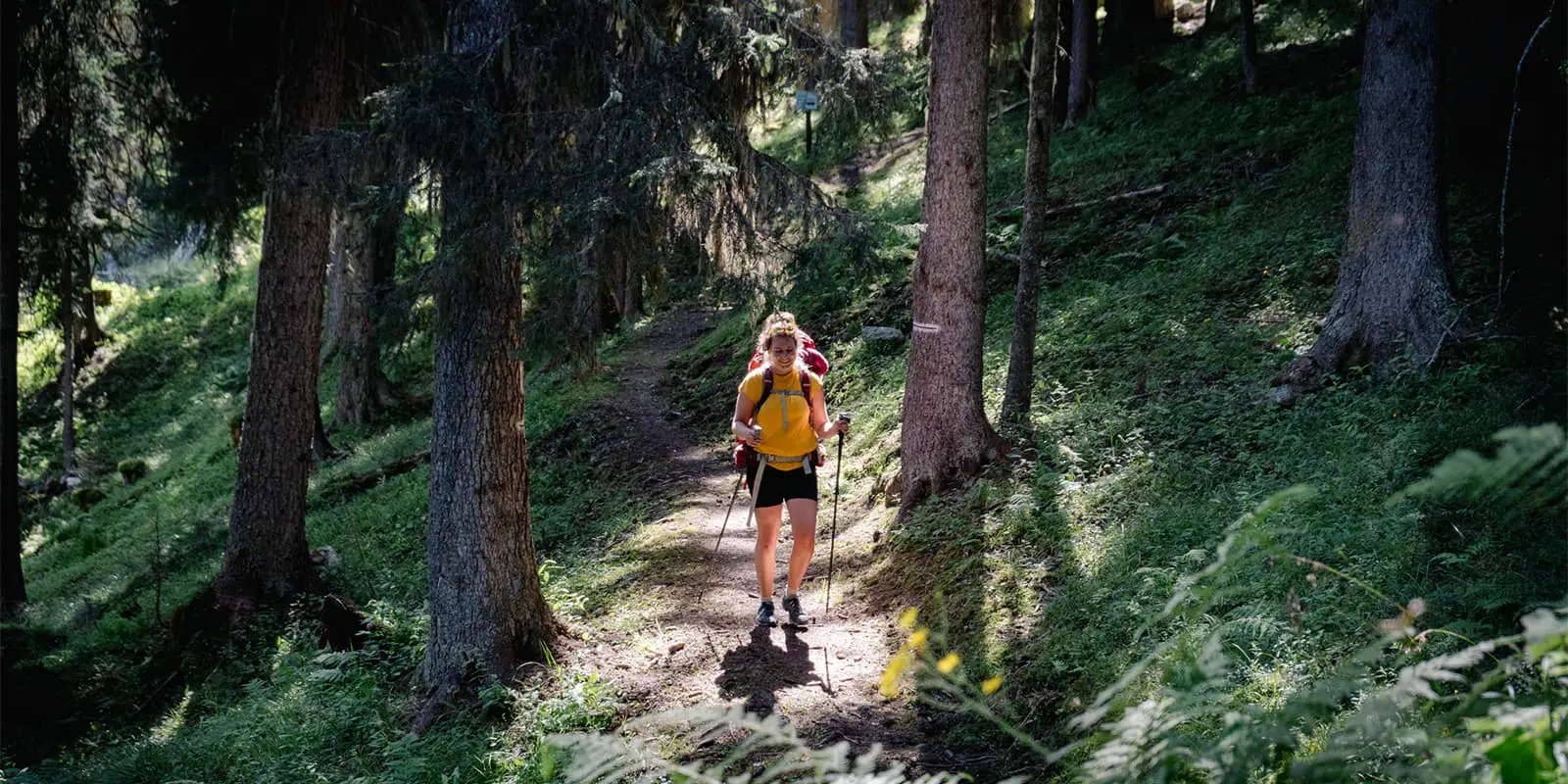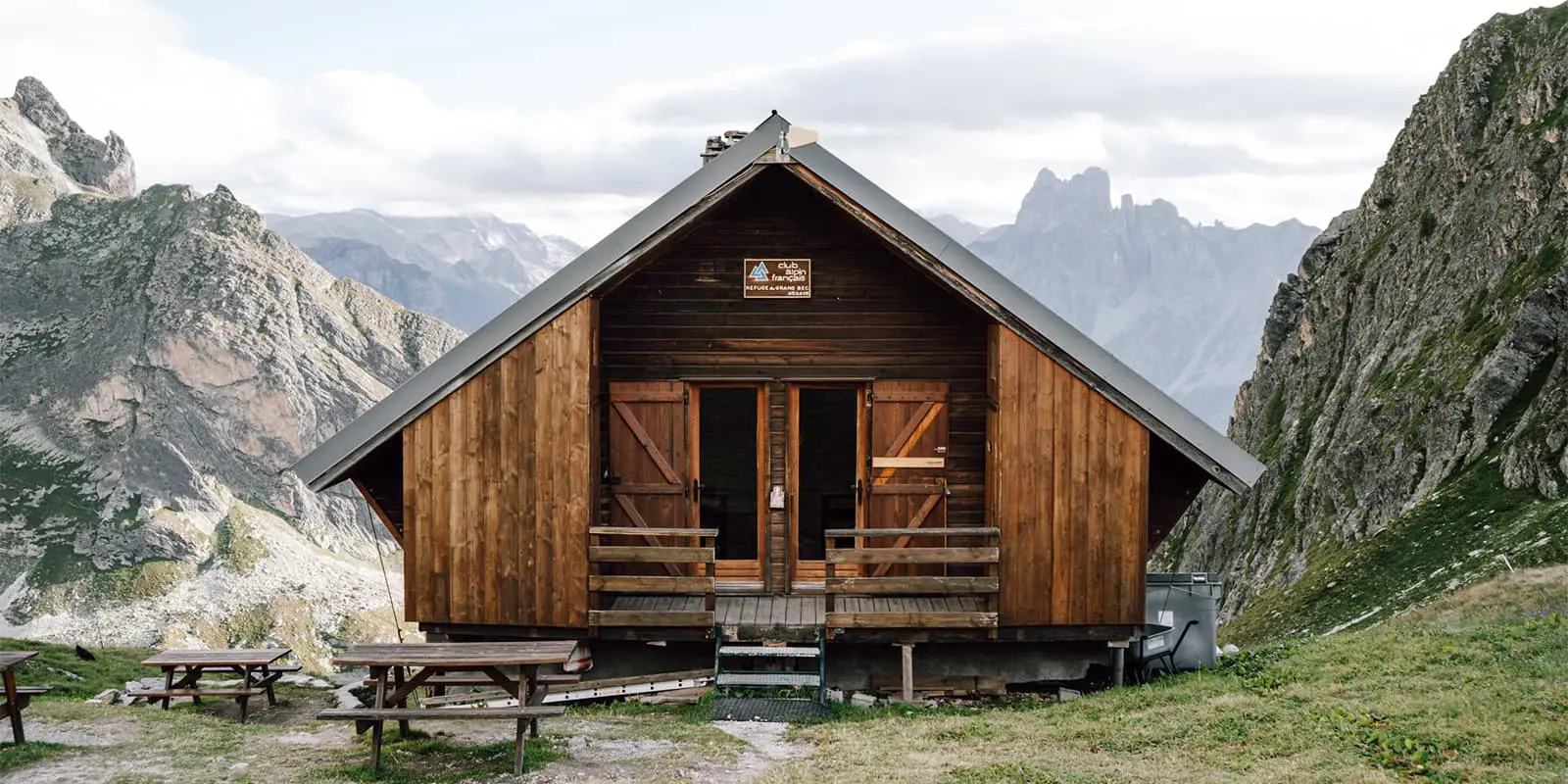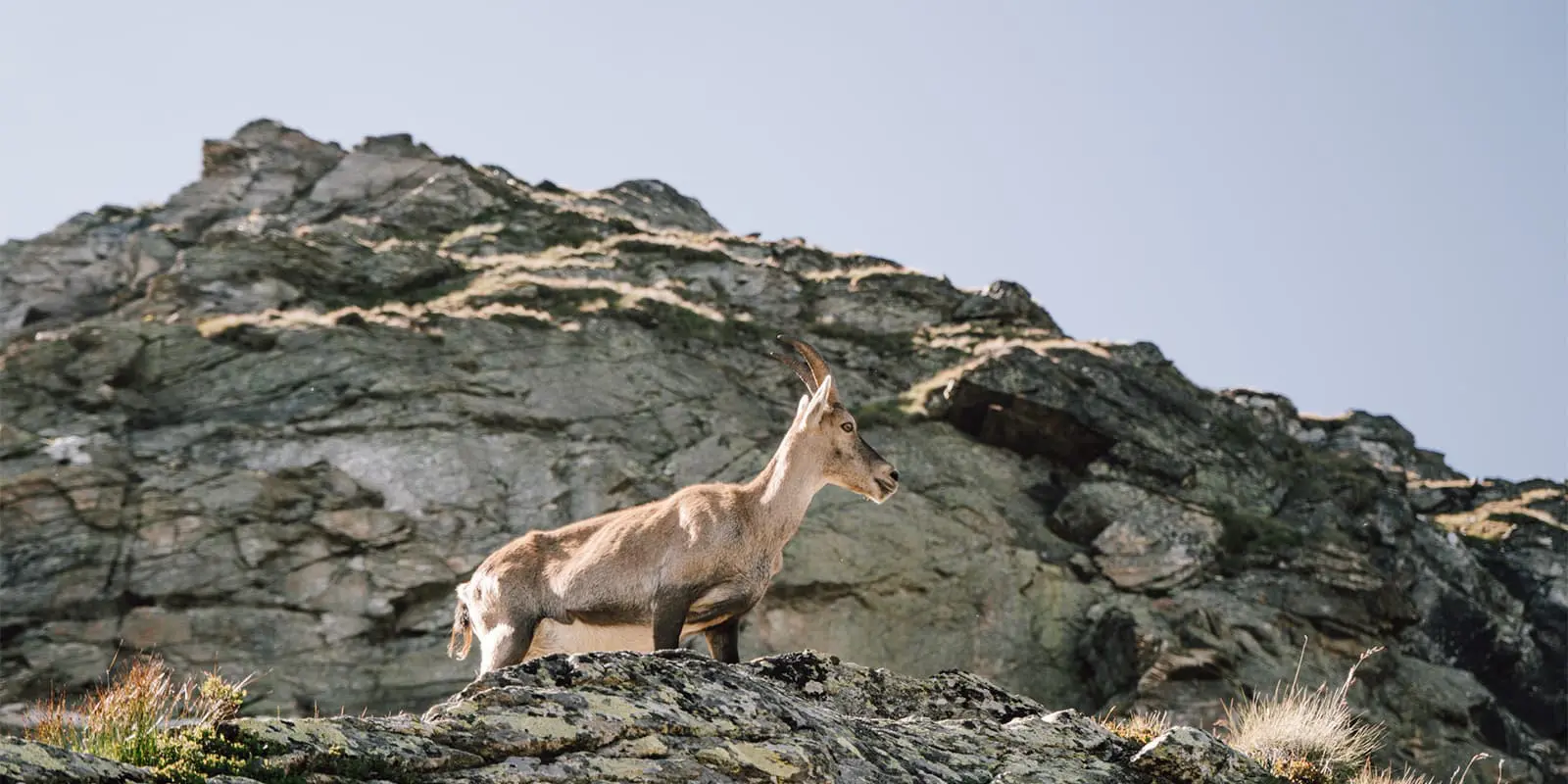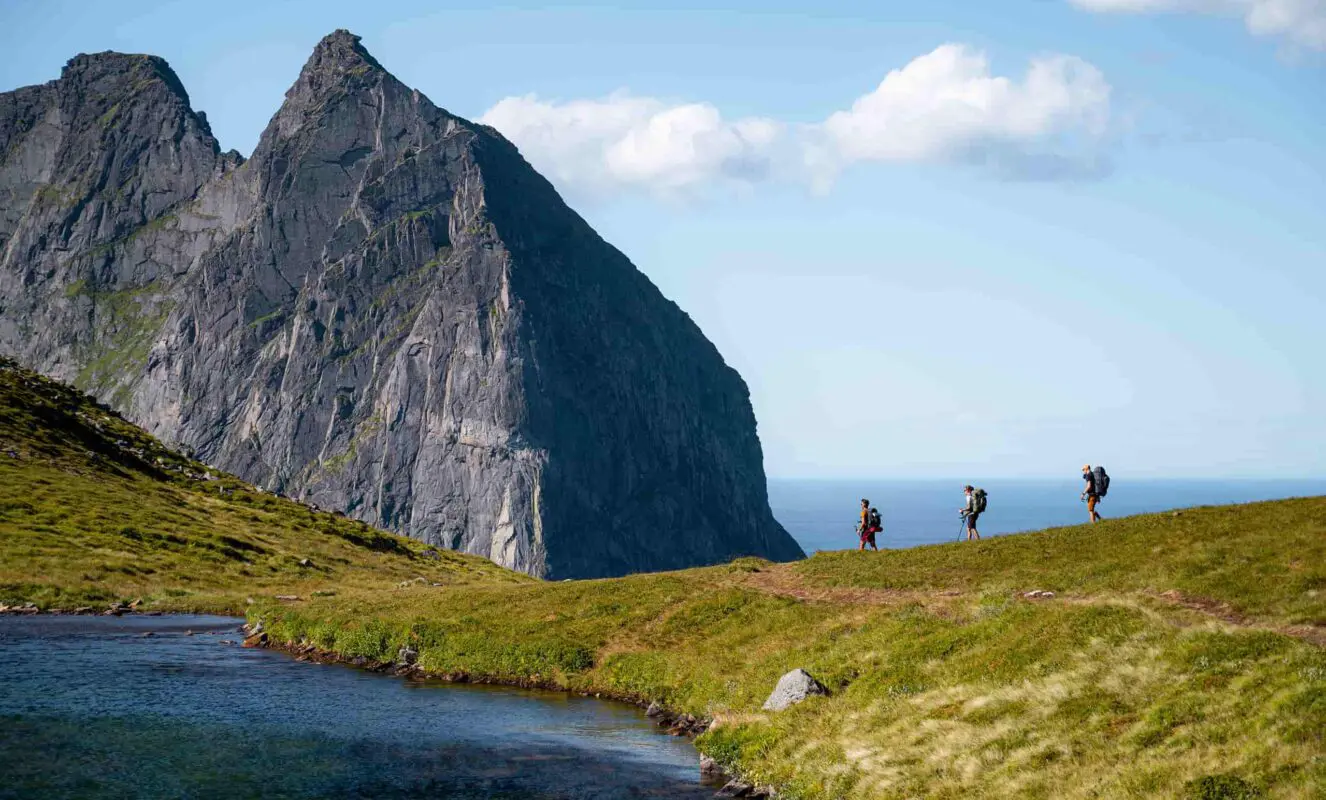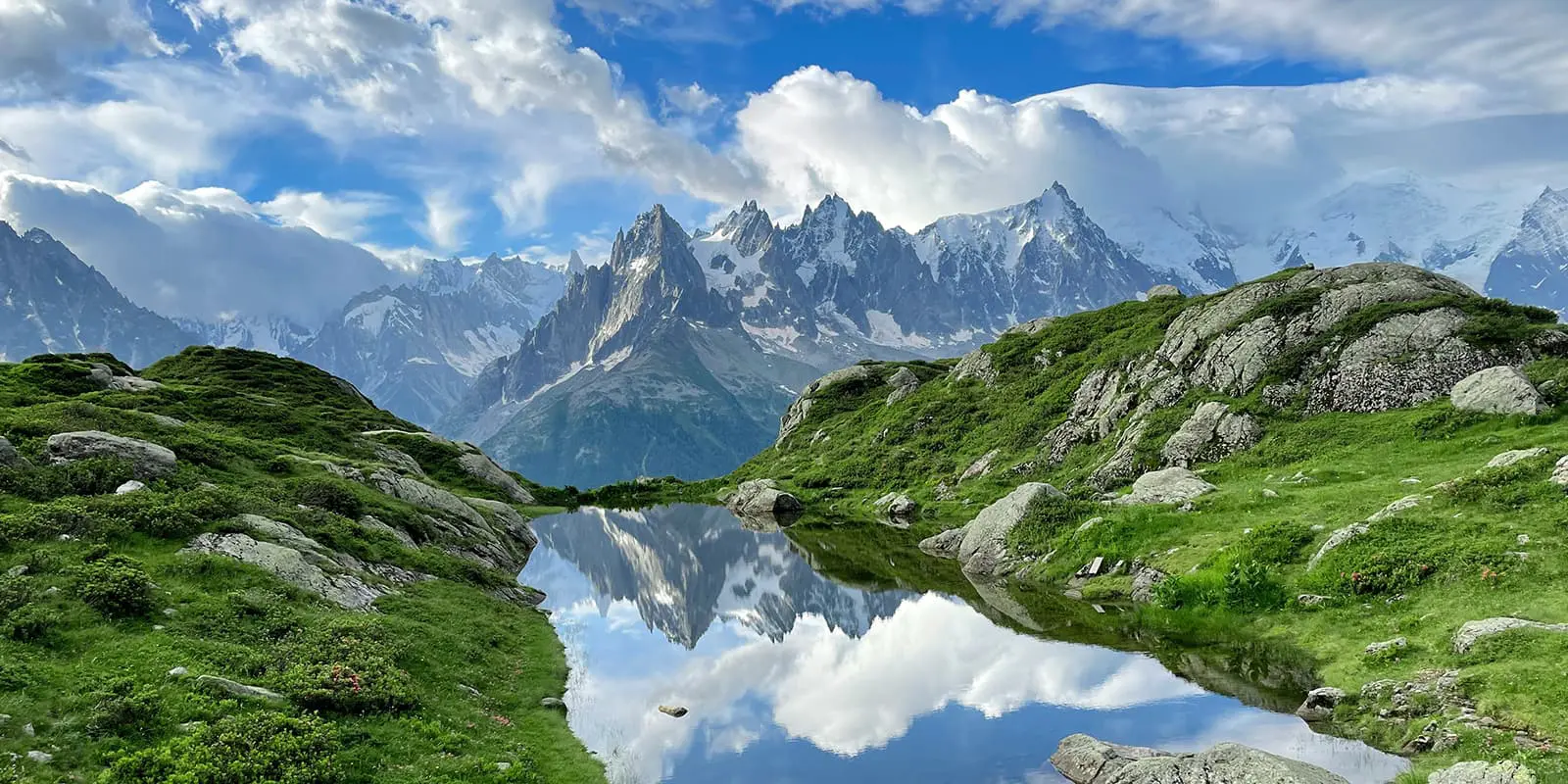The mountain landscapes of the Vanoise are at least as beautiful as more popular regions in the French Alps and mountain regions abroad. But it is surprising how little the area is known aside from hikers in France. However, this is a big plus for the hikers who do know of its existence, because the paths and huts in this unspoiled landscape are way less crowded than elsewhere.
This Vanoise hut-to-hut tour is not an existing route, but one I made based on my wishes: spectacular views, feeling far away from civilization, passing mountain lakes, and being vertigo-friendly. Therefore, the trail is not waymarked, although stages 2 and 3 overlap with the Tour des Glaciers de la Vanoise.



